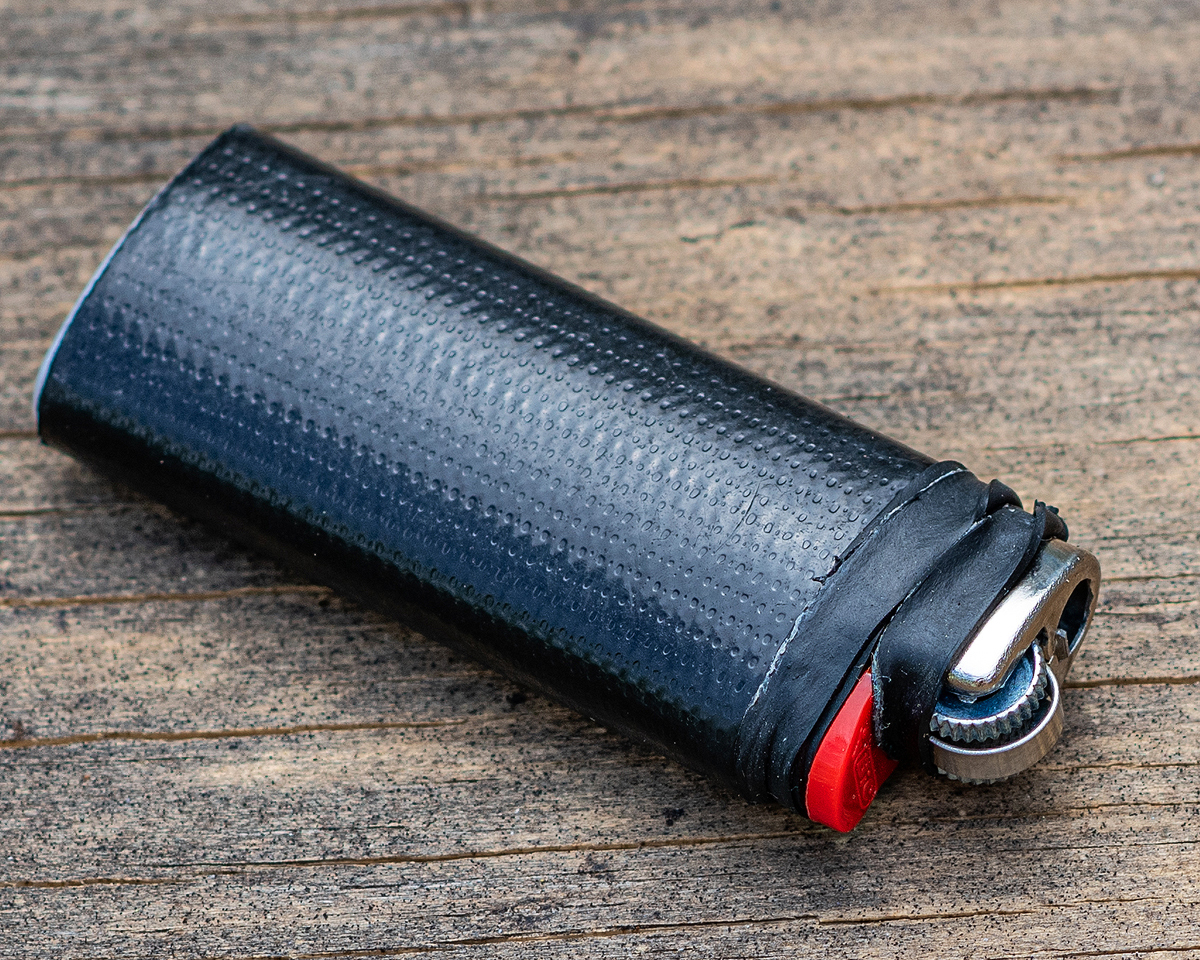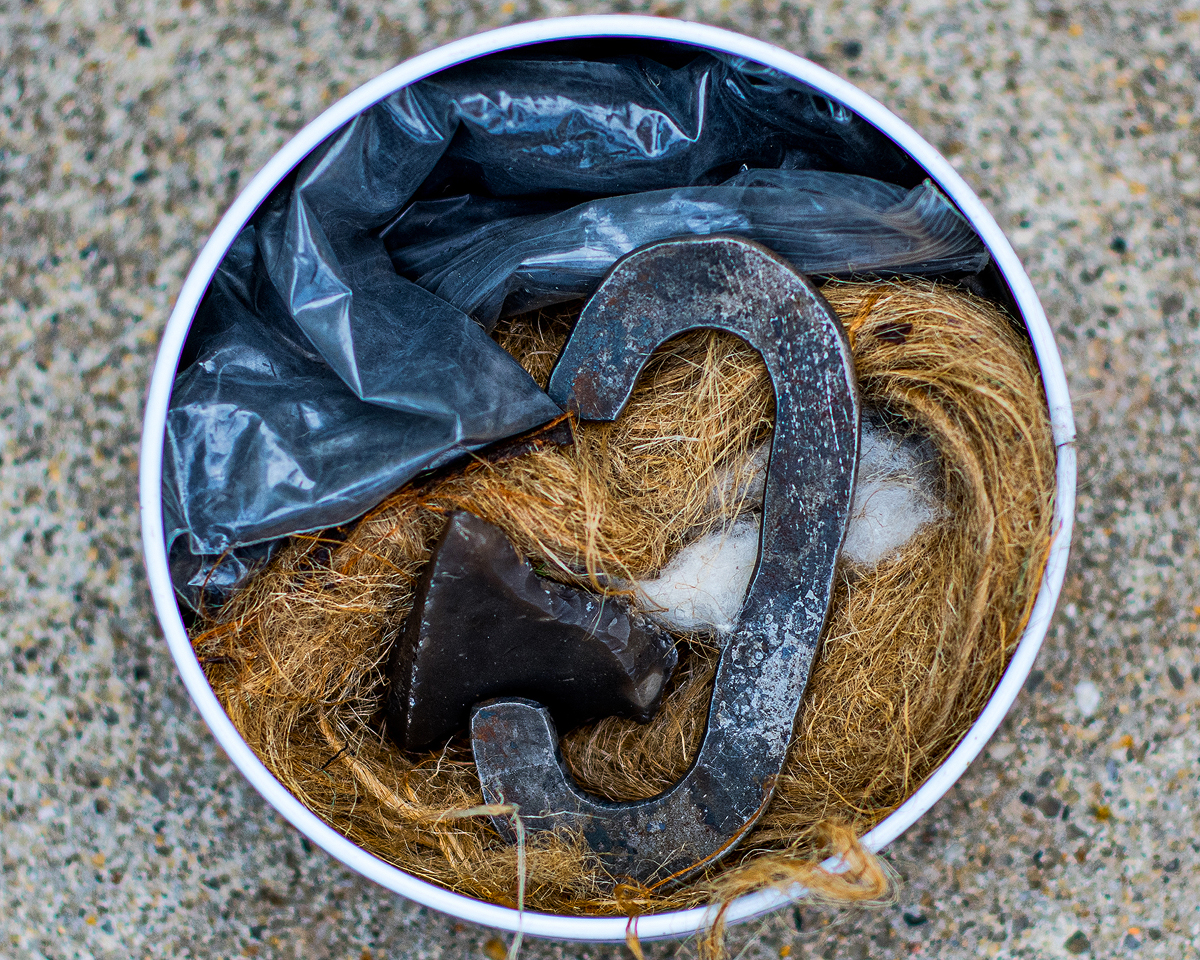Building a fire is an essential outdoor skill, and can be used for purifying water, enhancing a shelter, cooking food, staving off the effects of hypothermia, and so much more. Starting a fire is sometimes considered an art form in its own right, and one cannot build a fire without the requisite knowledge on how to start one. Today we’ll be taking a brief look at a few different methods for starting a fire that can all be useful in a camping context. There are pro’s and con’s to each, and it will be up to you to decide which one(s) are most useful to the situation in which you may find yourself.
A fire can be a literal lifesaver in the correct context. Please use responsibly.
Fire is an extremely useful tool, but it can also cause immeasurable damage. Take serious precautions when utilizing fire in any context, and ask yourself if the benefits are actually worth the risks anytime that you consider starting a fire.
Collection of Fire Starting Tools

Some common methods for fire starting include:
- lighters
- matches
- fire by friction (we won’t actually be covering that here)
- flint and steel
- “ferro” rods
- electrical sparks (more of a novelty, but fun nonetheless)
Butane Lighter

Butane lighters are fast, convenient, and produce many flames to make fire starting simple. Inexpensive models, such as the one pictured, don’t function very well in high wind or extremely cold temperatures. Fuel can run out, and it may be difficult to determine how much fuel remains.
Matches

Matches are inexpensive and easy to source, as well as being lightweight and easy to use. Seek out sturdy wooden matchsticks in lieu of paper or cardboard, and either take great precautions to keep the matches dry or invest in the waterproof variety. Matches perform poorly in windy conditions, and even the best waterproof survival matches will expire after years in your pack.
Flint and Steel

“Flint and steel” refers to the practice of striking a piece of high-carbon steel along the sharp edge of a flake of rock, such as flint or chert. The steel is shaved off and the friction creates sparks. This method has no expiration date and will last in storage forever provided the components are kept dry. You’ll note here that in my own kit I include some fine tinder materials as well as some char cloth, which is necessary given that the sparks created are very weak and require a great deal of care to blow into flame. This is an antiquated method, which while fun and entertaining, I would never advocate as the primary means of starting a fire. It is time consuming and very difficult in windy or damp conditions when one may need a fire most.
For those of you interested in this method, we will be presenting another post in the near future dedicated entirely to Flint and Steel fire-starting.
Ferro Rods

Ferro rods, striker rods, metal matches…these are all names for ferrocerium rods that are normally accompanied by a steel striker blade. Ferrocerium is a synthetic pyrophoric alloy that produces hot sparks that can reach temperatures of 3,000 °C, which makes the ferro rod a significant improvement over flint and steel. A shower of sparks from a ferro rod can start dry tinder straight away. These rods are also unaffected by water, robust (no moving parts) and may last for thousands upon thousands of uses. I personally recommend keeping one of these as part of a serious fire survival kit, and I always have one as part of my own 10 Essentials kit bag. Unlike lighters or matches, though, these rods will not produce flame, only sparks – you’ll still need to have a good tinder available. I keep a small pill fob stuffed with cotton balls that I have soaked in petroleum jelly as a tinder source (as pictured above). The fob keeps them secure and dry, and I always have a reliable tinder source with me.
Electrical Sparks

Last, and least practical, is the old camping trick of starting a fire with a 9v battery and a bit of steel wool. This battery size was once much more common in flashlights and outdoor equipment, and steel wool was often carried to scour out camping mess kits. Rechargeable and lighter power options as well as modern cook sets have eliminated 9v batteries and steel wool from most camping kits, but it’s still a fun trick and can be useful in a pinch. Effectively, the steel wool is connected to both positive and negative terminals simultaneously, which causes the fibers to overheat and form sparks. Extra fine steel wool will actually burn like a tinder, and can be transferred to a more flammable material to begin a fire.
This is also why it is inadvisable to keep 9v batteries stored loosely in gear boxes or junk drawers. The terminals are both on the same end of the battery, and it is possible for a piece of metal to contact both terminals at once and create an accidental fire.
Whatever method you choose to carry or use, be certain to practice with it before you may need it. Additionally, carrying more than one method to start a fire (I prefer a ferro rod and a butane lighter) is advisable to create some redundancy in this especially important area of preparedness. If you are considering starting a fire, evaluate the potential dangers an ensure that they are manageable and that the benefits outweigh the risks. Never leave a fire unattended, and always ensure that any fire is fully extinguished after use.
